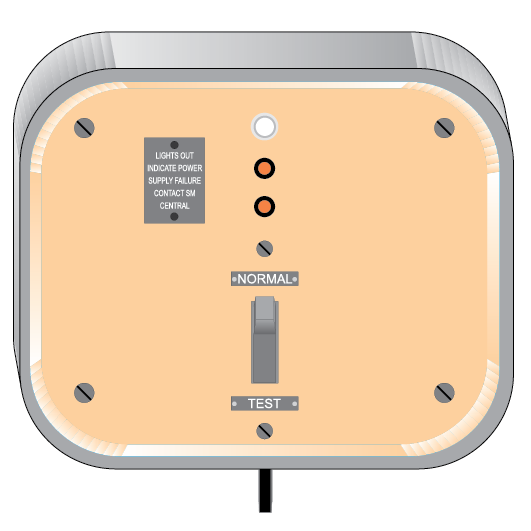Go to
Search this page
1
/
36
results in this page for the term
Description
This document describes the procedure for on-site testing of Type F level crossings.
Not what you are looking for? See more Procedures
Introduction
On-site testing of Type F level crossing roadside and pedestrian warning equipment checks that:
- warning lights and boom lights are working, have clean, undamaged lenses, and face road and pedestrian traffic, and
- bells or other audible warning devices sound, and
- booms lower, and
- batteries are charged, and
- the telephone is working.
At some Type F level crossings, audible warning devices:
- do not sound at night, or
- sound only when booms are lowering, or
- change sounds after a short time.
Testing automatic Type F level crossing warning equipment
Authorised Tester
- Get the Test keys and open the Test box.
- Check that both power supply lights are lit. These may not be provided for pedestrian-only level crossings.
- Get the Signaller’s authority to test the warning equipment.
- Set the Test switch to TEST.
- Check that all warning equipment, including advance warning lights, works correctly for at least two minutes.
- Check that warning lights and boom lights have clean, undamaged lenses, and face road and pedestrian traffic.
- Check that power supply lights remain lit.
- Return the Test switch to NORMAL.
- Check that all warning equipment stops operating.
- Close and lock the Test box.
- Report, and record in permanent form, the results of the test.
- Return the Test keys to the designated location.
Warning
Do not allow road or pedestrian traffic to proceed while warning equipment is operating.
Testing controlled Type F level crossing warning equipment
Signaller controlling the level crossing
- If you cannot check the operation of warning equipment, another Qualified Worker may check its function and report the results.
- Make sure that no rail traffic will approach during testing.
- Activate the warning equipment.
- Check that all warning equipment, including advance warning lights, works correctly for at least two minutes.
- Check that warning lights and boom lights have clean, undamaged lenses, and face road and pedestrian traffic.
- Deactivate the warning equipment.
- Check that all warning equipment stops operating.
- If another Qualified Worker checked the warning equipment, get the test results.
- Report, and record in permanent form, the test results.
